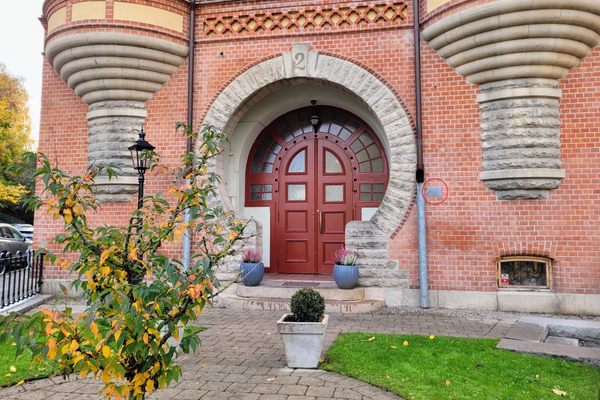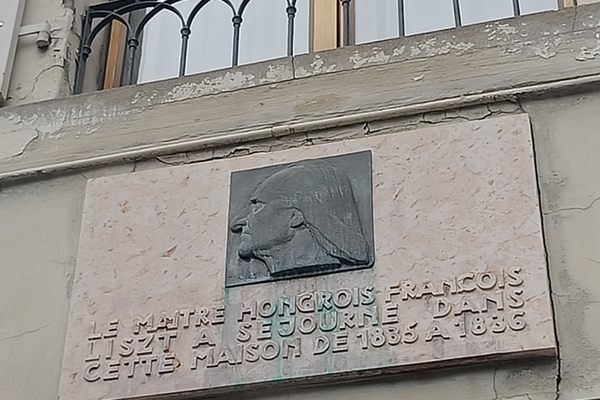About
Banoffee, or Bannofi, Pie was supposedly first created by Nigel Mackenzie and Ian Dowding at the Hungry Monk Restaurant in Jevington, where there is a blue plaque commemorating the invention.
Beginning with an American recipe for "Coffee Toffee Pie", Mackenzie and Dowding, owner and chef of the Hungry Monk respectively, adapted this pie, creating their soft toffee by boiling an unopened can of condensed milk for several hours. They then began experimenting with adding fruit, after apples and oranges proved unsuccessful, they tried bananas, and thus, in 1971, created ‘Signor Banoffi’s Pie’.
The mysterious (and fictitious) Signor Banoffi, and thus the pie, is often believed to be named after the pie’s two core components, layers of banana and toffee. The original recipe's inclusion of coffee adds a surprise contender for the role of -offi in Banoffi however.
Before long, the dish was adopted by restaurants throughout the world. Though it was originally made using a shortcrust pastry base, Banoffee pies now most often use a biscuit base. In 1997 Banoffee Pie had become so iconic that the term Banoffee entered the Oxford English Dictionary, with the meaning ‘a banana and toffee flavour’.
The Hungry Monk Restaurant closed in 2012, but its most famous dish lives on, in restaurants, ice cream shops, and homes around the world and visitors to the tiny Sussex village are reminded by the blue plaque of its culinary contribution.
Related Tags
Know Before You Go
The plaque is easily visible from the street.
Community Contributors
Added By
Published
May 22, 2024






















![Tool Shoppe [SIDE]](https://img.atlasobscura.com/51fvOlS-doWq4GfkX1rJ0kMEi7qengDCMHWWj7TBZ4s/rs:fill:600:400:1/g:ce/q:81/sm:1/scp:1/ar:1/aHR0cHM6Ly9hdGxh/cy1kZXYuczMuYW1h/em9uYXdzLmNvbS91/cGxvYWRzL3BsYWNl/X2ltYWdlcy83MjBk/Y2I4ZS0wNDI3LTRj/ZDctYTI4Yi1mNzUz/YmFlOGM0ZDhhOTk0/NGQyMTlmNjU2ZGIz/YTlfSU1HXzA4MDku/anBlZw.jpg)



